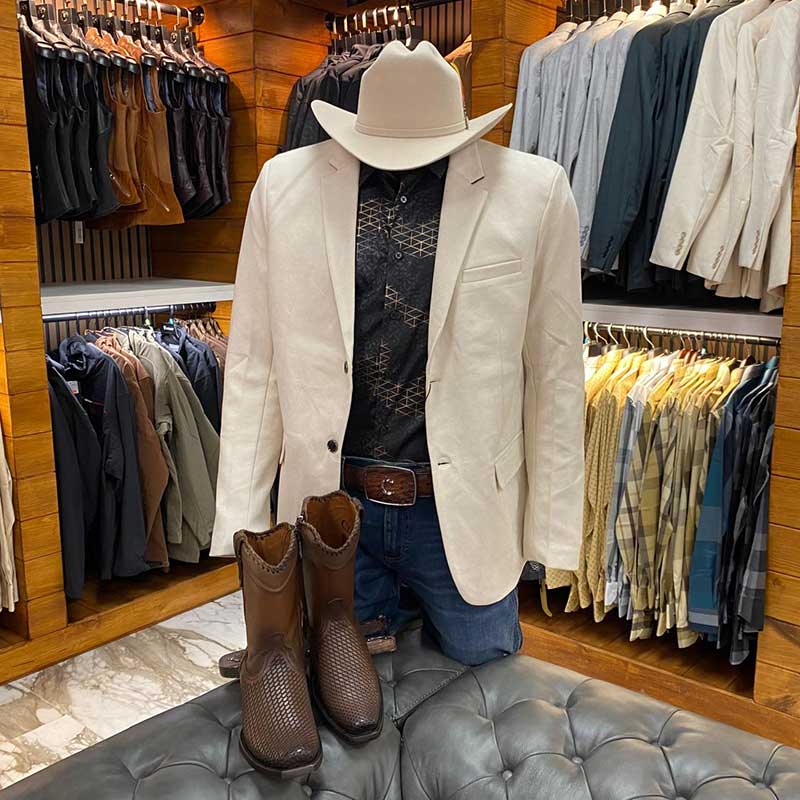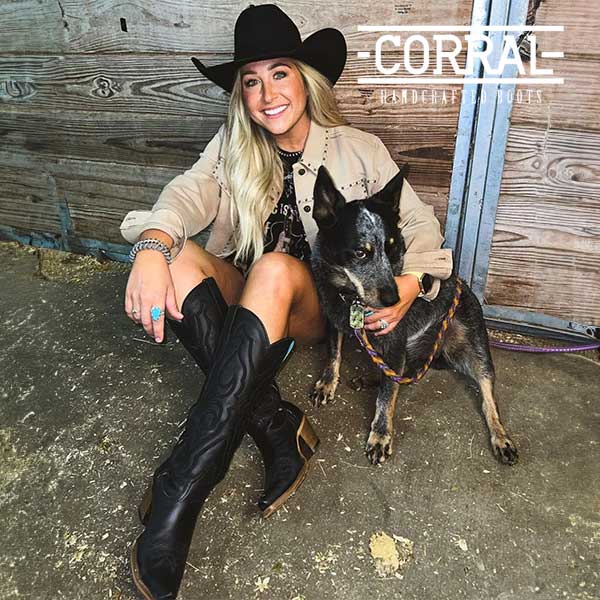The Mexican charro, with his elegant costume and his skill with the rope and the horse, became during the 20th century the icon of Mexico in the world. There are many examples of the originality of this sport and on December 1, 2016, UNESCO named charrería Intangible Cultural Heritage of Humanity.
Its origin, in fact closely associated with the Mexican Revolution and the agrarian distribution, also takes us to a less privileged and much earlier social class, that of the chinacos. The history of the charrería keeps an important part of the Mexican identity. We share with you some curiosities about this sport:
The word charro is synonymous with horseman.
Charreria is perhaps the only sport that was born as a direct result of work. The Mexican ranchers of the late 19th and 20th centuries dedicated to raising and herding cattle, as part of their work, developed playful cattle handling techniques that would later become a sport.
Perhaps the most direct ancestor of the Mexican charro are the chinacos, great horse riders of humble origins. Horse owners, such as Emiliano Zapata, also dressed in charro style.

Charreria itself, too, is a sport that is also a spectacle. That is, while the players are focused on doing their tasks, these are also planned to generate entertainment for the audience.
The first shows related to charreria began before the twentieth century but it was not until the Mexican Revolution that its full emergence took place in Hidalgo and Jalisco, when with the Agrarian Reform, the charros began to congregate in cities like Mexico City and other centers.
The female part, the skirmishes, were born in the Highlands of Jalisco, specifically in Tepatitlán de Morelos. Their trousseau is made of adelitas and they do tricks with the horse accompanied by an artistic touch, with shows such as the fan, the coladera, combined, the ladder and the flower (their emergence played a role in feminism and its evolution in Mexico).

In the charrería, the charro, shows his skills in the most classic tricks but also his own. Thus, it is also in a way an individual display of skill.
Due to the growth of animal advocacy, in recent years important members of the charrería have expressed their commitment that no animal should be harmed.
This December 1st was qualified by UNESCO as Intangible Cultural Heritage of Humanity.
In Mexico City there is a museum dedicated exclusively to the charrería.
Among the tasks of the charros in the show are: cala (demonstration of the good rein and education of the charro horse); piales (skillfully stopping the race of a mare). Colas (bringing down a bull with the speed and handling of the horse being ridden); jineteo de toro (riding the bull until it stops repairing); terna en el ruedo (bringing down a bull as a team and with the rope); manganas on foot or on horseback (lassoing the equine's legs); Paso de la muerte (in movement, passing from one horse to another).




